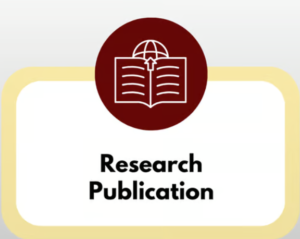Research data analysis involves processing and interpreting collected data to extract meaningful insights, test hypotheses, and draw conclusions. Here’s a general overview of the process:
Data Preparation: This initial step involves organizing, cleaning, and coding the raw data to make it suitable for analysis. This may include checking for missing values, outliers, and inconsistencies, and transforming data into a format appropriate for statistical analysis.
Descriptive Statistics: Descriptive statistics are used to summarize and describe the basic features of the dataset, such as measures of central tendency (e.g., mean, median, mode) and measures of dispersion (e.g., range, standard deviation).
Exploratory Data Analysis (EDA): EDA techniques, such as histograms, box plots, and scatter plots, are employed to visually explore the data, identify patterns, relationships, or trends, and generate hypotheses for further analysis.
Inferential Statistics: Inferential statistics are used to make inferences or generalizations about a population based on sample data. This may involve hypothesis testing, confidence intervals, regression analysis, or analysis of variance (ANOVA), depending on the research design and objectives.
Interpretation of Results: Once the statistical analyses are conducted, the results are interpreted in the context of the research questions or hypotheses. This involves explaining the findings, discussing their implications, and considering alternative explanations.
Validation and Sensitivity Analysis: Sensitivity analysis is performed to assess the robustness of the results to changes in assumptions or analytical techniques, while validation involves checking the reliability and validity of the findings through replication or comparison with other datasets or studies.
Reporting: The results of the data analysis are communicated in a clear and concise manner through written reports, tables, figures, or visualizations. It’s important to present the findings accurately, objectively, and in a way that is accessible to the intended audience.
Peer Review: In academic research, the data analysis process is often subjected to peer review, where other experts in the field critically evaluate the methods, results, and interpretations to ensure rigor and validity.
Effective data analysis is essential for drawing reliable conclusions, making informed decisions, and advancing knowledge in the field. It requires a combination of statistical expertise, critical thinking skills, and domain-specific knowledge to analyze data accurately and derive meaningful insights.










